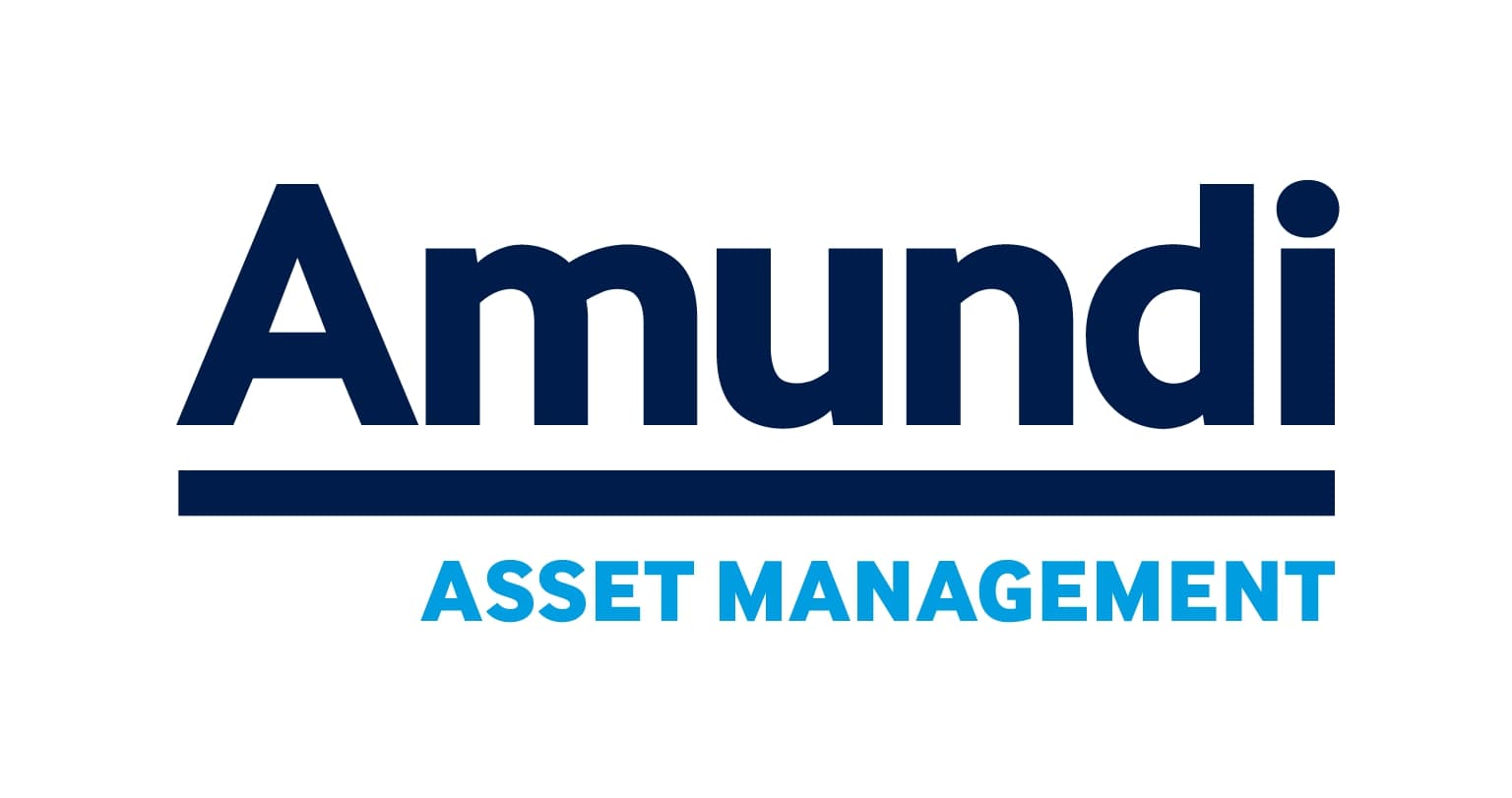Copper outlook 2017: eighth year of supply deficit
Summary
- Investor optimism for copper has been buoyed by miner outages representing close to 12% of global capacity.
- Copper is likely to enter another year of deficit, but stocks are still elevated and will cap price gains. While capex cuts have been aggressive, it will take time for supply to fall. Projects in pipeline are unlikely to be cancelled.
- Demand, however, is likely to remain strong as global growth and infrastructure spending increase. Over the longer term, a shift toward electric vehicles will provide an additional source of demand.
Investors optimistic
Copper has rallied 40% since January 2016, erasing all losses since May 2015. Investors have become increasingly optimistic about the metal’s prospects with speculative positioning in copper futures recently hitting an all-time high, more than 2.5 times its historic average. While the price of the metal remains 40% below the peak reached in 2011, many question whether the rally can continue.
(click to enlarge)
Mine outages
Driving much of the upswing in prices in recent weeks has been several mine outages. Workers at the world’s largest copper mine, Escondida in Chile, have been on strike for three weeks and negotiations between unions, the mine operator (BHP Billiton) and government mediators have yet to be scheduled.
The world second largest copper mine, Grasberg, operated by Freeport-McMoRan Inc, has also faced outages. The Indonesian government has not renewed Freeport’s copper ore export licence that expired in February 2017. The Grasberg mine is also facing difficulty selling domestically, with PT Smelting (its sole domestic offtaker of copper concentrate) expected to be on strike until March.
The Las Bambas mine in Peru has had its roads blocked by protestors who want the government to invest more in local infrastructure rather than just mine infrastructure.
The three mines account for close to 12% of global mine capacity. Outages in 2016 were usually low, accounting for less than 1% of expected supply, but that could rise substantially in 2017 if the issues at Escondida, Grasberg and Las Bambas are not resolved soon.
Copper supply deficit
Based on refined production growing 1.7% and refined usage only growing 1%, the International Copper Study Group (ICSG) believes that the deficit will turn into a surplus this year. However, we believe that demand growth will be more robust. A 2% increase in refined copper use would see the market remain in a deficit. Global manufacturing PMIs are at a 34- month high and could rise to a 6-year high this year. Given the growth in manufacturing and infrastructure spending, we believe that demand is likely to surpass ICSG’s conservative forecast.
(click to enlarge)
Ahead of the 19th National Congress of the Communist Party of China to be held in Autumn 2017, Chinese authorities will seek political stability. That will mean that economic stimulus will remain in play, which will favour continued spending on infrastructure and strong demand from the manufacturing sector. China accounts for more than 50% of global copper demand.
Deep cuts to copper mining capex
Capex growth in the copper mining industry has been negative for four consecutive years. Capex in Q4 2016 hit lowest levels since Q3 2007. The capex cuts will have a delayed impact in biting into the supply and therefore maybe not be fully felt in 2017. The ICSG assumes that mine output in 2017 will remain the same as 2016 (after 4% growth in 2016). However, the outages mentioned above could drive a reduction.
(click to enlarge)
Project cancellations unlikely
The projects that are in the pipeline from prior year’s investment are unlikely to be cancelled. The cash costs for new mines is low, at around US$1.41/lb and significantly below US$2.70/lb where copper is currently trading.
(click to enlarge)
Copper stocks remain elevated
Despite the seven years of copper market deficit, stocks of copper remain elevated. Most of these are producer stocks. We believe that the elevated stocks will cap price gains, but will be a clear incentive for refiners not to increase production substantially despite the increase in copper price over the past year.
(click to enlarge)
Long term demand evolution
Given the historic negative relationship between income levels and intensity of copper use, some fear that as China becomes richer, its copper intensity will decline as it becomes less focused on exporting manufactured goods and building infrastructure and more focused on consumption. As we expressed in Exploring rising global infrastructure needs, we believe China’s infrastructure demands are still likely to rise over the next 15 years.
China’s shift away from manufacturing and towards consumption is not necessarily negative for copper. For example, the copper intensity of cars will rise with the growth of electric vehicles. Regular cars contain approximately 20kgs of copper. Electric vehicles consume about 80kgs of copper. While electric vehicles account for less than 1% of global sales today, consensus estimates that it will rise to 4% by 2025, proving an additional source of demand. Auto sales in China are likely to continue to grow in line with its rising affluence and sales of electric vehicles maybe further be encouraged by tightening emission standards.
(Click to enlarge)
Important Information
General
This communication has been issued and approved for the purpose of section 21 of the Financial Services and Markets Act 2000 by ETF Securities (UK) Limited (“ETFS UK”) which is authorised and regulated by the United Kingdom Financial Conduct Authority (the “FCA”).

 Nyheter4 veckor sedan
Nyheter4 veckor sedan
 Nyheter3 veckor sedan
Nyheter3 veckor sedan
 Nyheter4 veckor sedan
Nyheter4 veckor sedan
 Nyheter3 veckor sedan
Nyheter3 veckor sedan
 Nyheter3 veckor sedan
Nyheter3 veckor sedan
 Nyheter2 veckor sedan
Nyheter2 veckor sedan
 Nyheter3 veckor sedan
Nyheter3 veckor sedan
 Nyheter2 veckor sedan
Nyheter2 veckor sedan






















